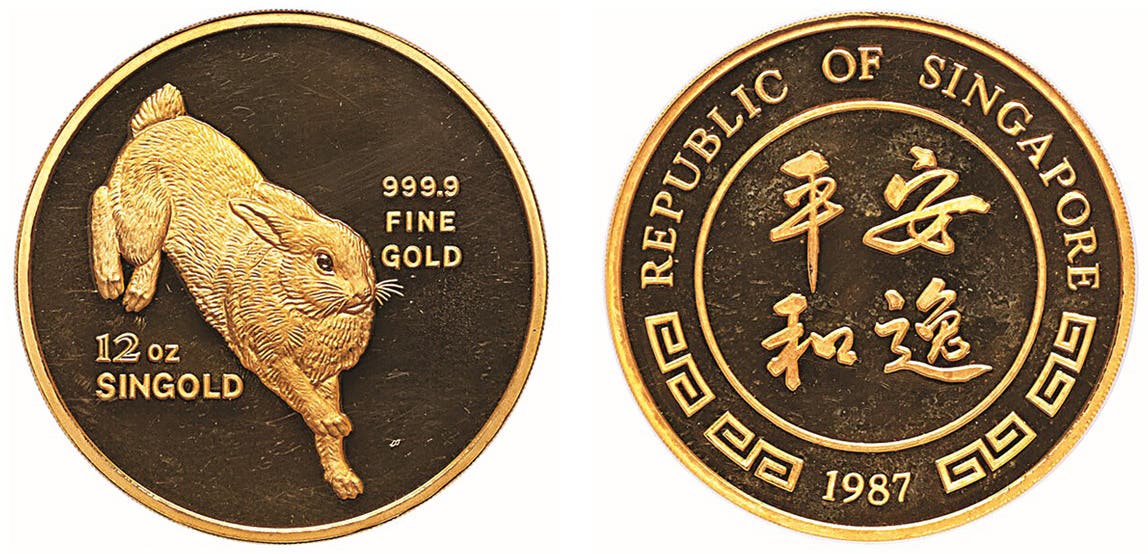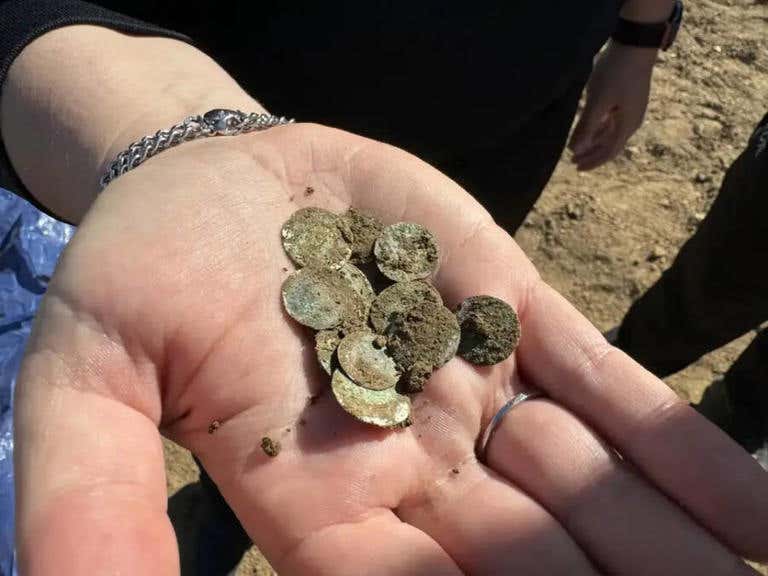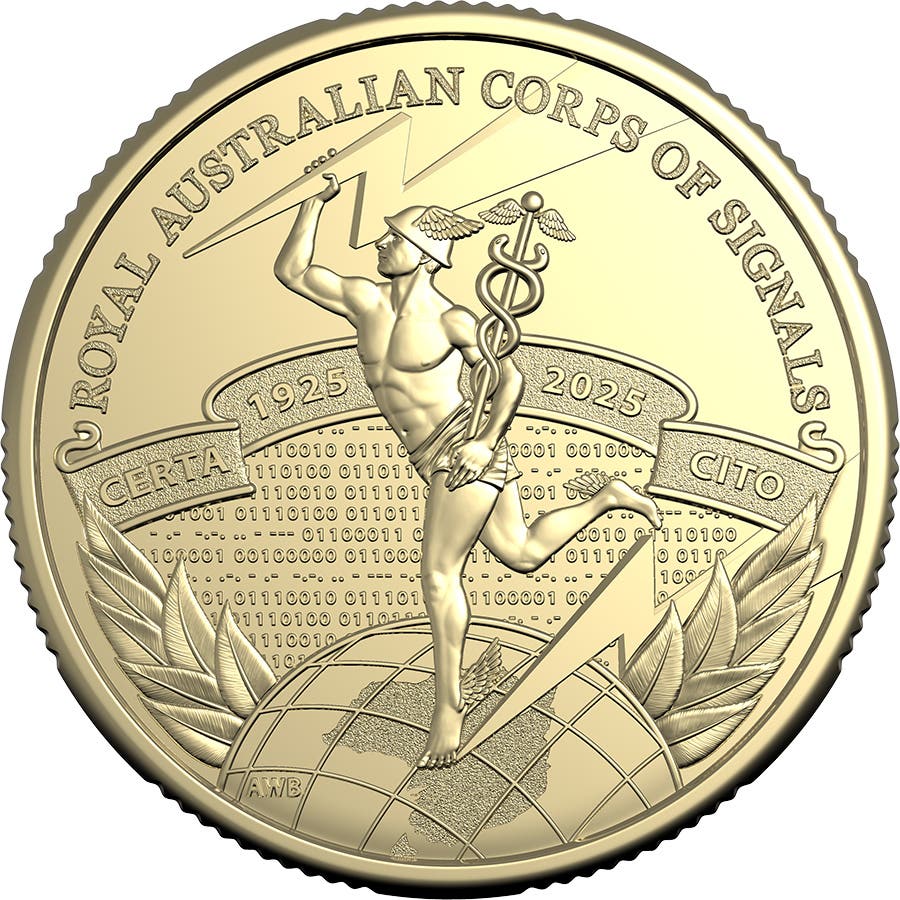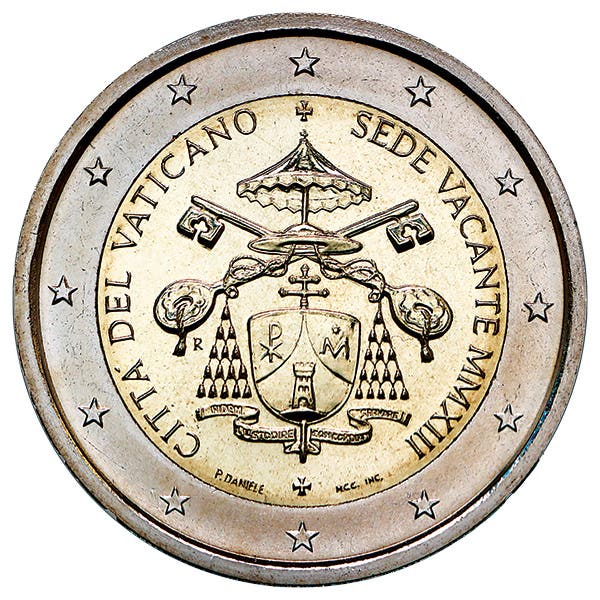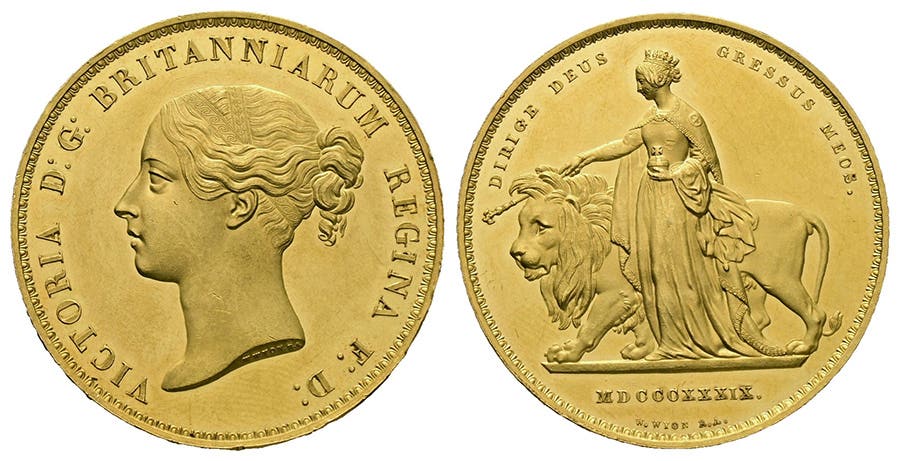Latvia Debates Small Denomination Coins
The Latvijas Banka/Bank of Latvia has drafted a law through which the 1- and 2-cent euro coins would no longer be necessary due to price rounding.
Once again, a country is looking to drop its lowest denomination coins. This time it’s Latvia.
The Latvijas Banka (or Bank of Latvia) has drafted a law through which the 1- and 2-cent euro coins would no longer be necessary due to price rounding. Latvia joined the European Union’s eurozone currency union in 2014, converting its lats to euros at that time.
It may appear as if all Latvia must do is turn off the coin-minting presses, but it isn’t that simple. The continuing circulation of the two lowest denominations of coins has been under discussion throughout the Baltic nations (Estonia, Latvia, Lithuania) since 2019.
A statement on the situation released by the Bank of Latvia reads, “Currently, the Bank of Latvia, in cooperation with the Finance Ministry, is looking for the best solution to this problem.”
An additional statement addresses price rounding, which would need to take place if the two denominations were no longer available for use in cash transactions. This bank statement reads, “Rounding the final amount of the purchase - and not the prices of individual goods - would not have an impact on inflation rates, as evidenced by the experience of countries that have already implemented this idea, including Ireland, Belgium, Finland, and Italy.”
Cash rounding or Swedish rounding takes place when the amount paid in a cash transaction is rounded to the nearest multiple of the minimum currency unit available. This rounding might be to a higher or a lower price. Cash rounding is not necessary when a non-cash payment is made, such as when using a credit card or writing a check. If prices are rounded up, but never down, then prices become inflationary due to this lack of small change coins.
The term Swedish rounding originated in 1972 when Sweden withdrew its 1- and 2-öre coins from circulation. Other small change denominations were incrementally withdrawn until prices needed to be rounded to the nearest whole krona value once the 50-öre coin was withdrawn in 2010. (Sweden’s inflation rate was at 6.1 percent in 1972 and was at 9.5 percent in July 2023.) New Zealand and Canada each adopted a similar scenario based on the Swedish model.
Should Latvia adopt a price rounding system, it needs to address changes to cash registers and cash systems. This would involve a cost and time to adjust.
The central bank is also concerned with introducing regulations that would round the final amount of a cash purchase rather than the price of each purchased item. The bank has made it clear that at this time there is no discussion regarding eliminating the 5-cent euro coin.
The bank has been surveying the opinion of the public for several years. These surveys indicate there is public support for revising the denomination structure of euro coins. A September survey titled Payment Radar of the Bank of Latvia shows there is significant support for abandoning the 1- and 2-cent euro coins. Changes in euro coin or bank note denominations must be made at the level of the European Central Bank. It does not take the ECB’s permission to stop using an existing denomination.
The Bank of Latvia estimates there are approximately 8.7 million or 37 tons of coins that have been exchanged at the bank this year through September. About 11.3 tons of these were 1- and 2-cent euro coins.
Euro coins are issued in denominations of 1-, 2-, 5-, 10-, 20-, and 50 cents and €1 and €2. Each coin has a common “European Union” side and a “national” side on which the issuing country can depict anything that country chooses.
The EU side of all EU coins depicts images of the EU or Europe and symbolizes the unity of the EU. The 1-, 2-, and 5-cent euro coins show Europe in relation to Africa and Asia on a globe. The EU side of these coins was designed by Luc Luycx of the Royal Belgian Mint. A Latvian folk maid appears on the national side of most Latvian EU coins. The Latvian side of these coins is designed by Laimonis Šēnbergs or Guntars Sietins.



